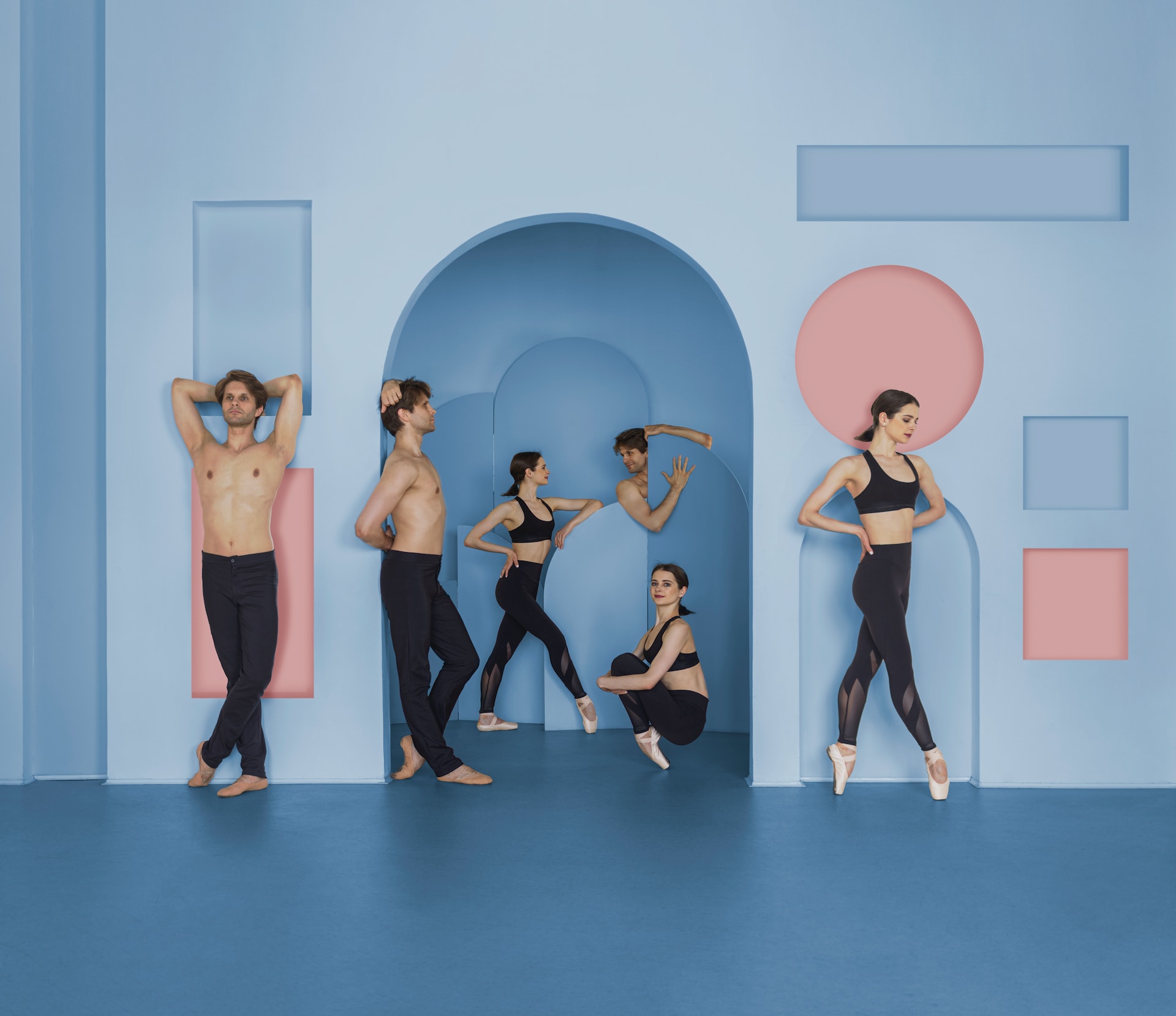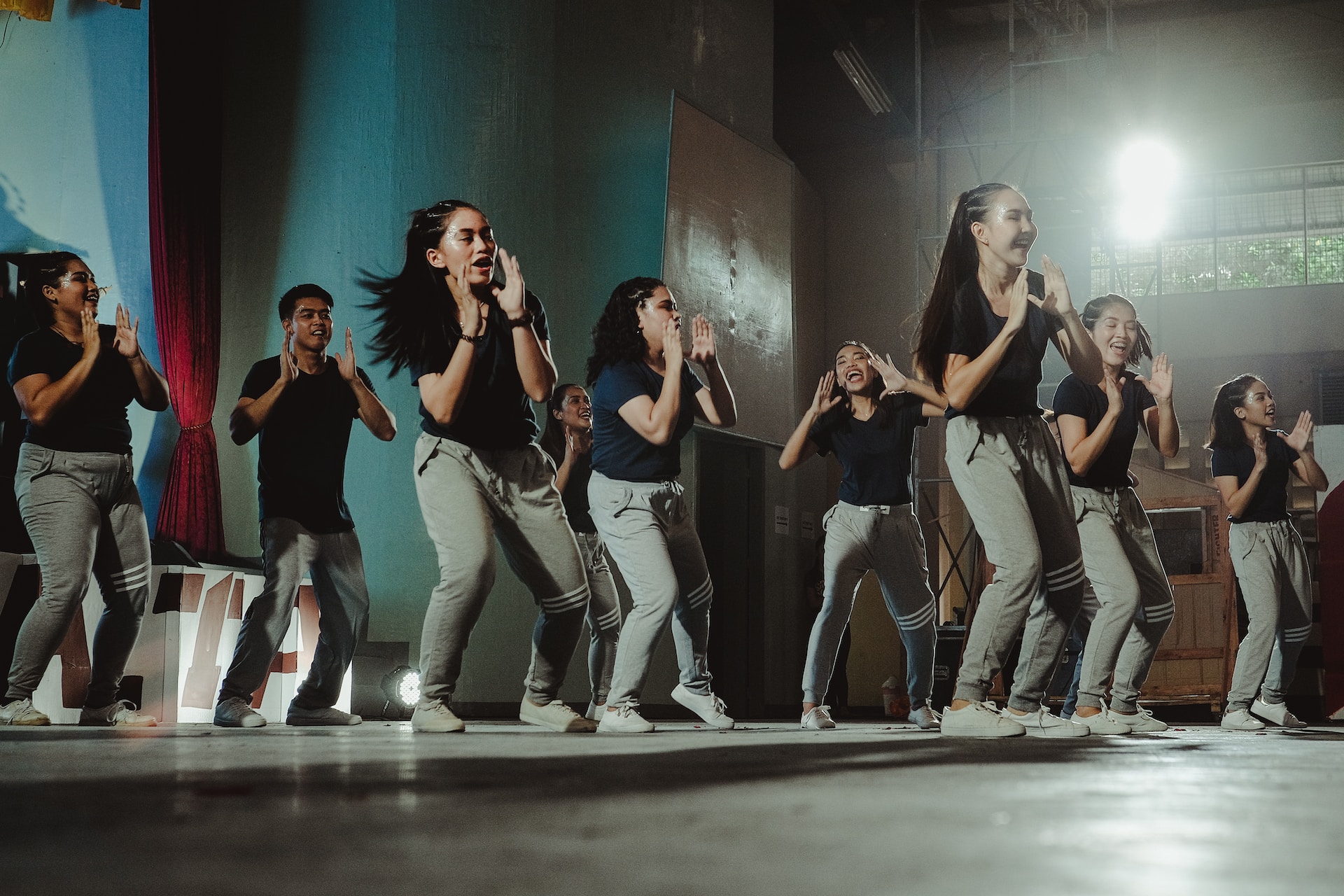Tips untuk Pemula dalam Menyanyi! by Chin Ping Tioh
Anda yang baru mula menyanyi boleh mendapat manfaat daripada beberapa tip berikut:
1. Pemanasan Suara: Panaskan suara anda sebelum anda memulakan latihan atau persembahan. Lakukan senaman pernafasan dan vokal, seperti menggerakkan lidah, menggoyang pipi, dan menggelengkan kepala secara perlahan-lahan. Ini mengurangkan ketegangan dan menyediakan vokal anda untuk nyanyian.
2. Latihan Pernafasan: Praktikkan cara pernafasan yang betul. Semasa menyanyi, tarik napas dari perut anda, bukannya dari dada anda, dan lepaskan udara secara perlahan-lahan. Ini meningkatkan daya tahan nafas dan mencipta suara yang lebih konsisten.
3. Teknik Vokal Dasar: Pelajari cara mengawal intonasi, nada, dan vokal. Berlatih menyanyikan dengan ketepatan nada sederhana. Perhatikan kualiti suara dan penekanan anda.
4. Dengarkan dan Imitasi: Cuba meniru gaya penyanyi yang anda kagumi. Perhatikan cara mereka menggunakan frasa, nada, dan ekspresi vokal. Walau bagaimanapun, jangan lupa untuk mengembangkan gaya dan suara anda sendiri.



